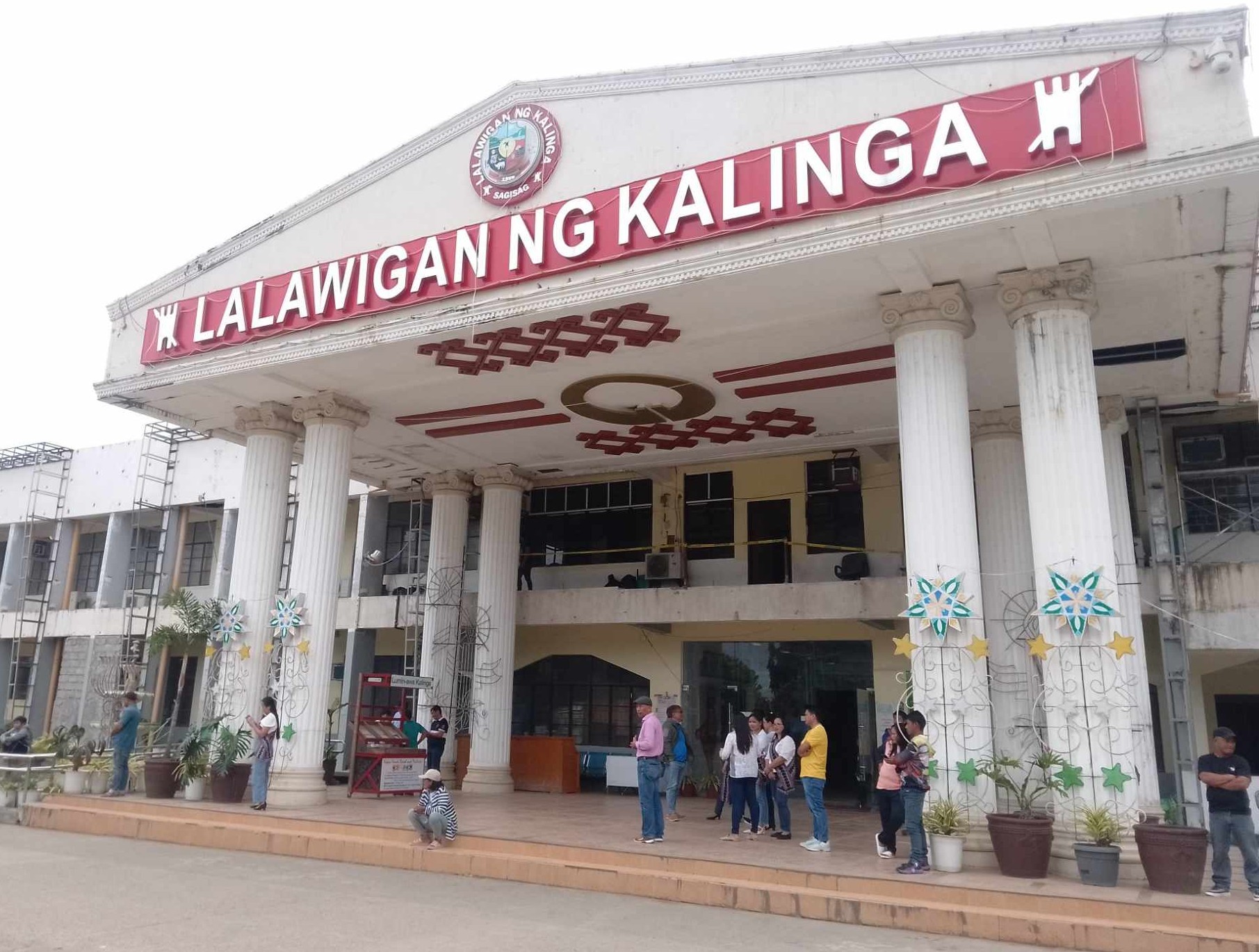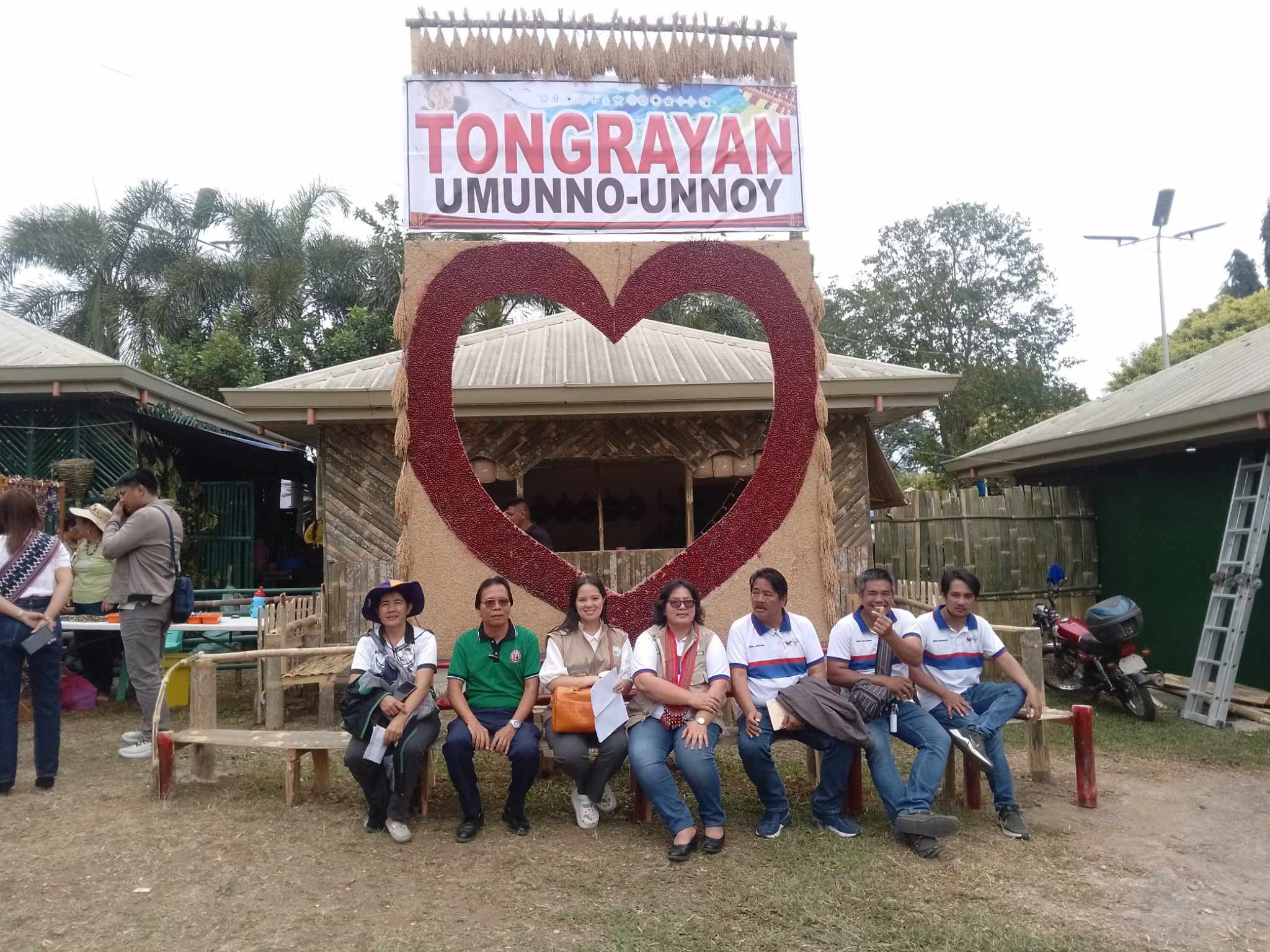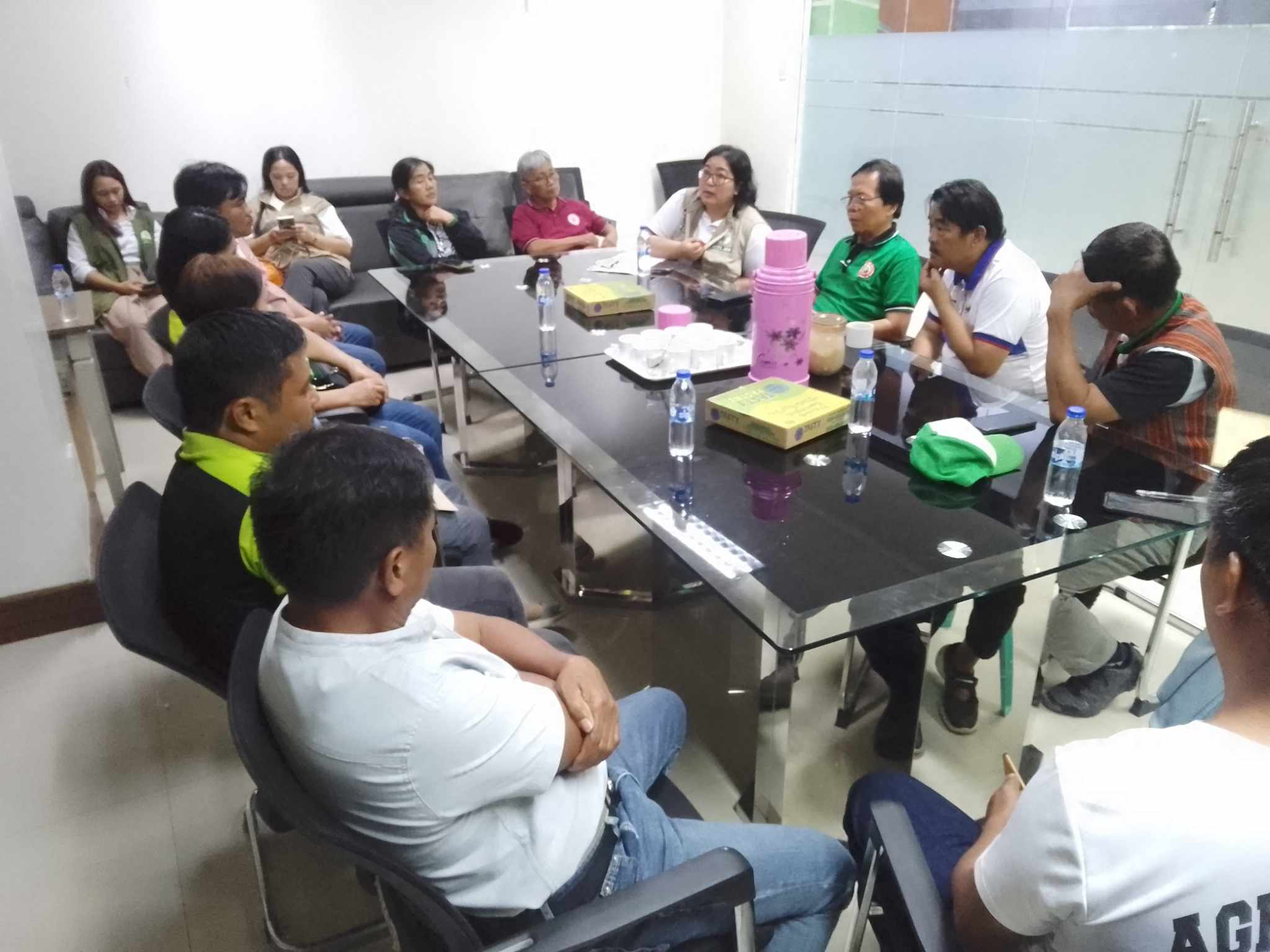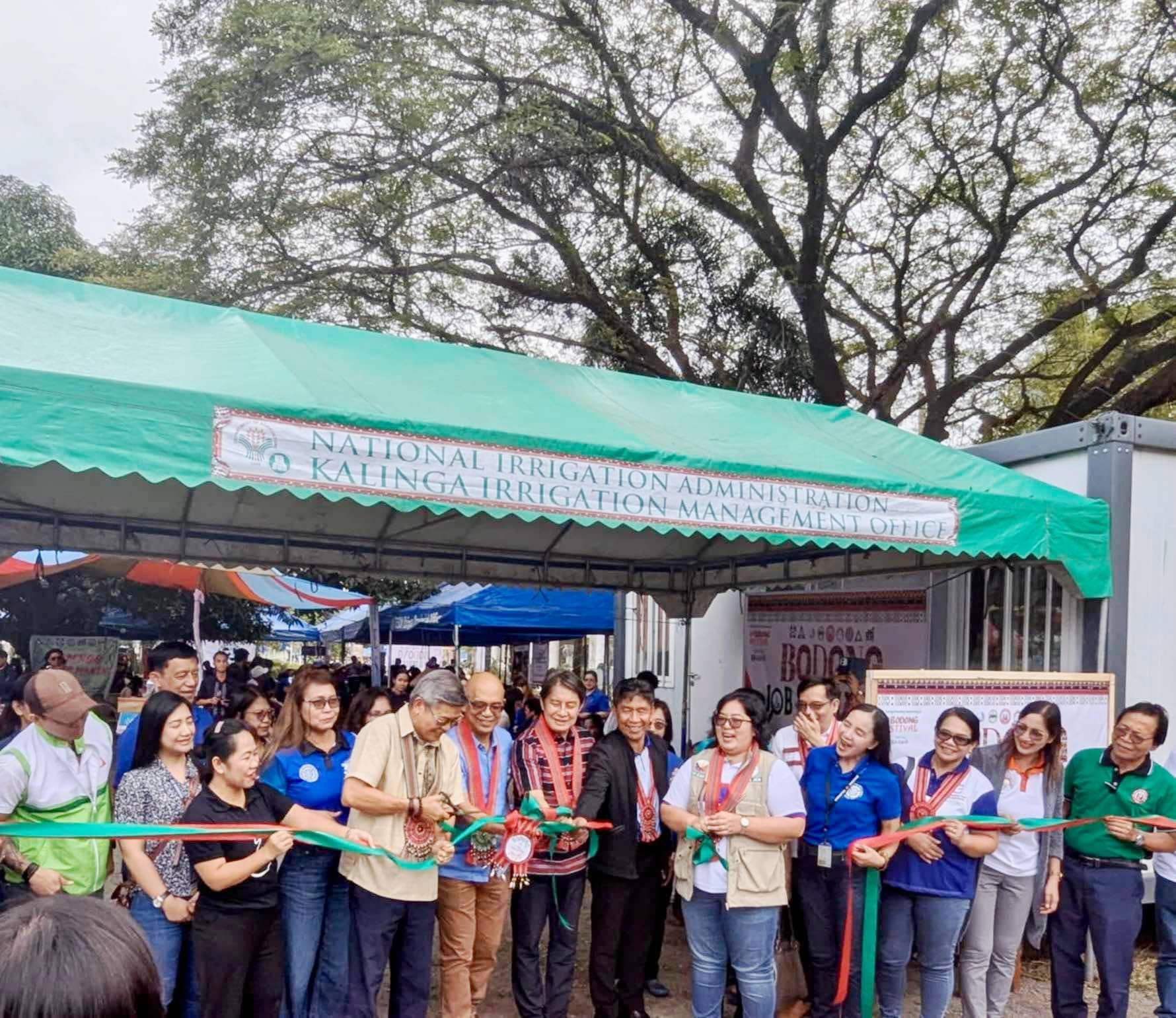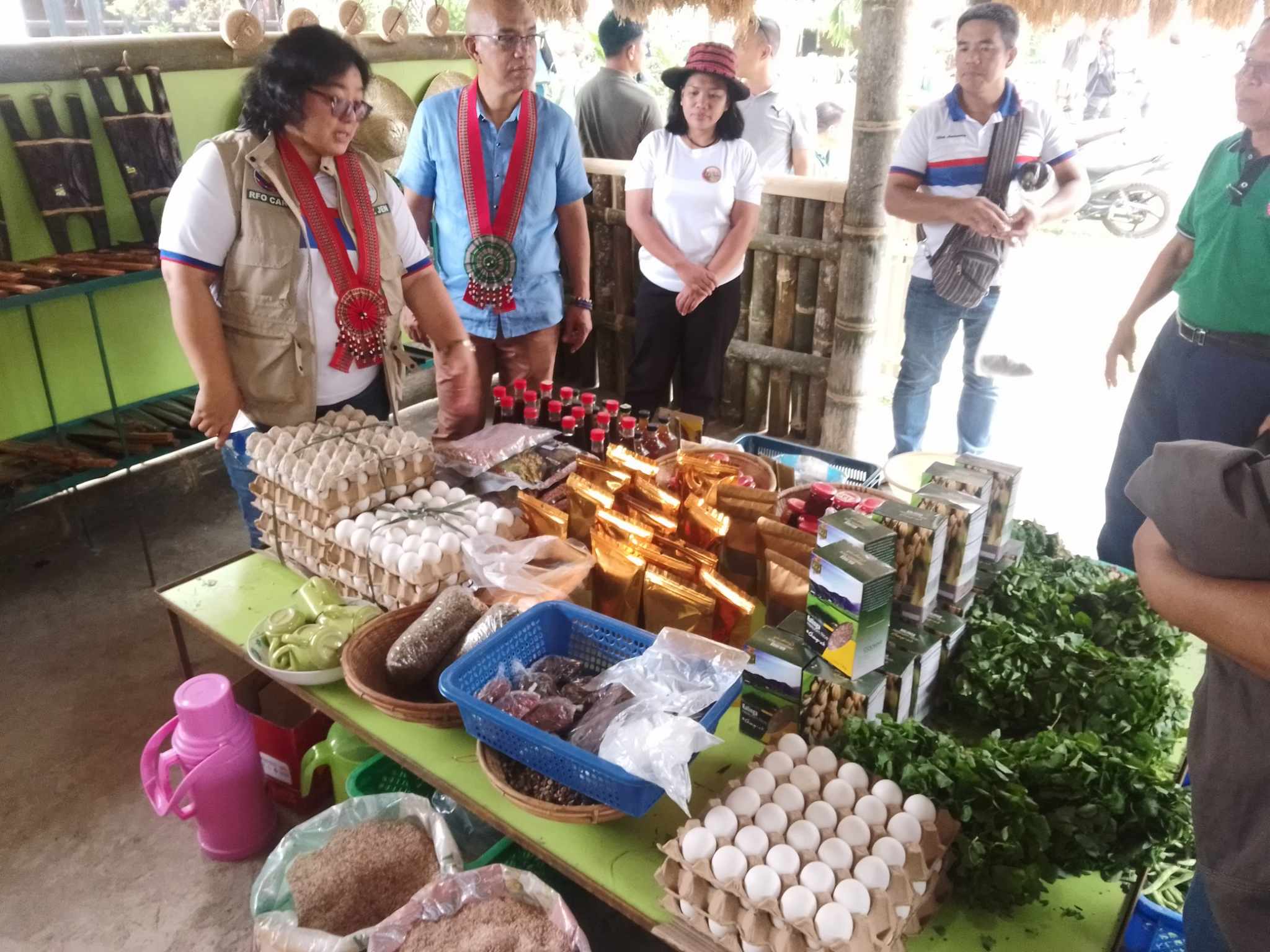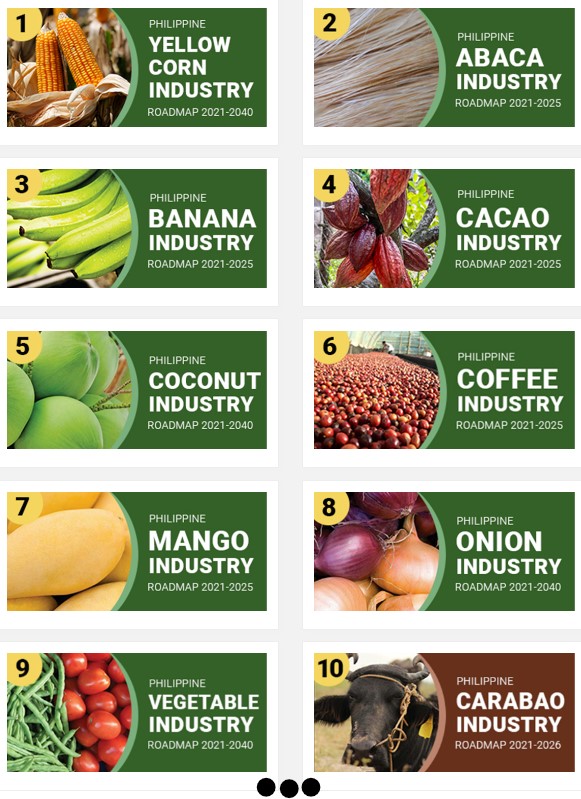The Department of Agriculture- Cordillera (DA-CAR) has urged the provincial, city, and municipal agriculture offices in Kalinga to explore alternative interventions beyond the current ones provided by the department.
During a meeting with heads of these offices, DA-CAR Regional Executive Director Atty. Jennilyn Dawayan emphasized the need for Kalinga to identify additional strategies that could help increase agricultural productivity.
“We are asking the heads of the provincial, city, and municipal agriculture offices to consider shifting their requests to interventions like post-harvest facilities that can create a value chain for rice production under a clustered system, particularly during the dry season,” Dawayan said.
Post-harvest facilities for rice production would involve the establishment of drying sheds, warehouses, hauling trucks, trading capital, weighing scales, coordination with the National Food Authority, and partnerships with credit-lending institutions, among other components.
“We are trying to determine the formula for success. If we want to succeed, these facilities should not just be limited to post-harvest activities. They should evolve into value chain facilities for rice production through a clustering system. Based on the data we’ve gathered, it’s more beneficial for Kalinga’s rice farmers to focus on one rice variety per drying facility, rather than mixing varieties. A single variety produced by clusters can command a higher price,” the Regional Executive Director explained.
Areas in Kalinga identified as potential sites for post-harvest facilities include the rice-producing areas of Tabuk City and the municipalities of Pinukpuk, Rizal, and Tanudan.
Heirloom rice-producing areas in the province will continue to receive support from the DA, provided that the specific interventions to support heirloom rice production are identified by the municipal agriculture offices in those areas. During the meeting, several interventions were identified, including the rehabilitation of existing irrigation facilities, the provision of irrigation equipment, spring development, and the installation of solar-powered irrigation systems.
Director Dawayan also urged the provincial, city, and municipal agriculture officers to prioritize shovel-ready projects that will be inputted into the system provided the areas show potential for increased production, expansion of production areas, and improvement of yields.// JTLlanes


